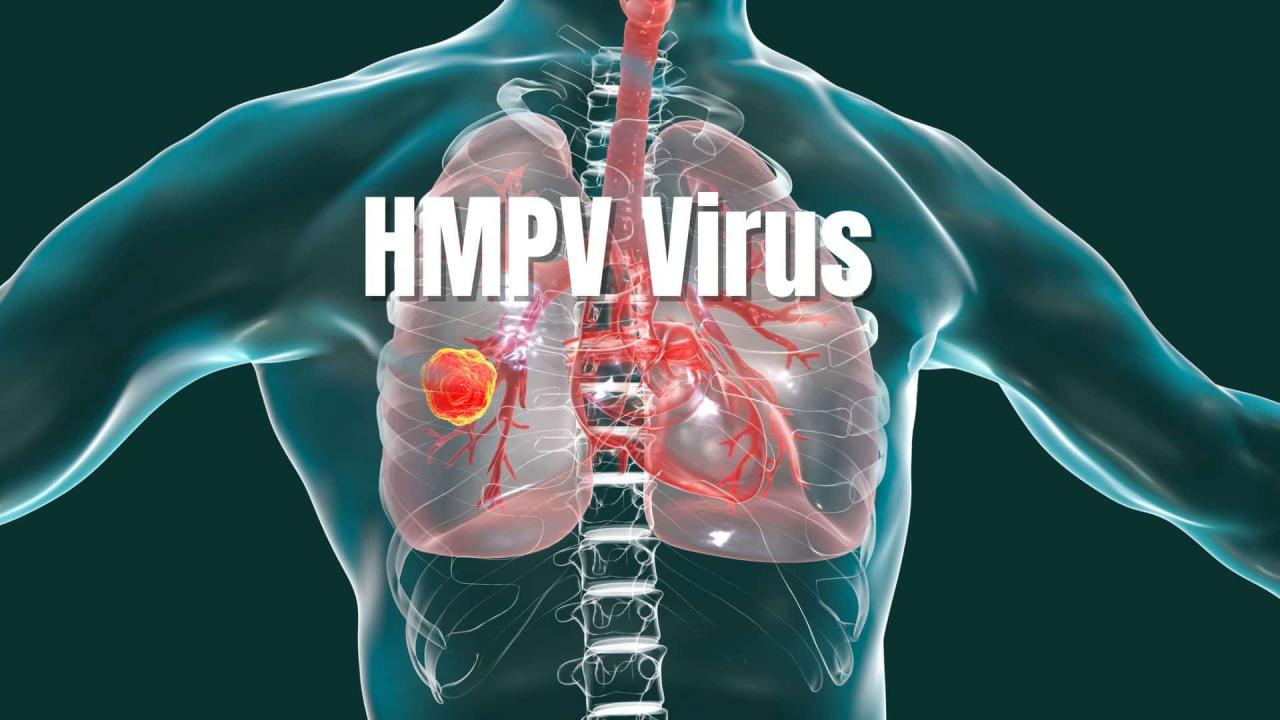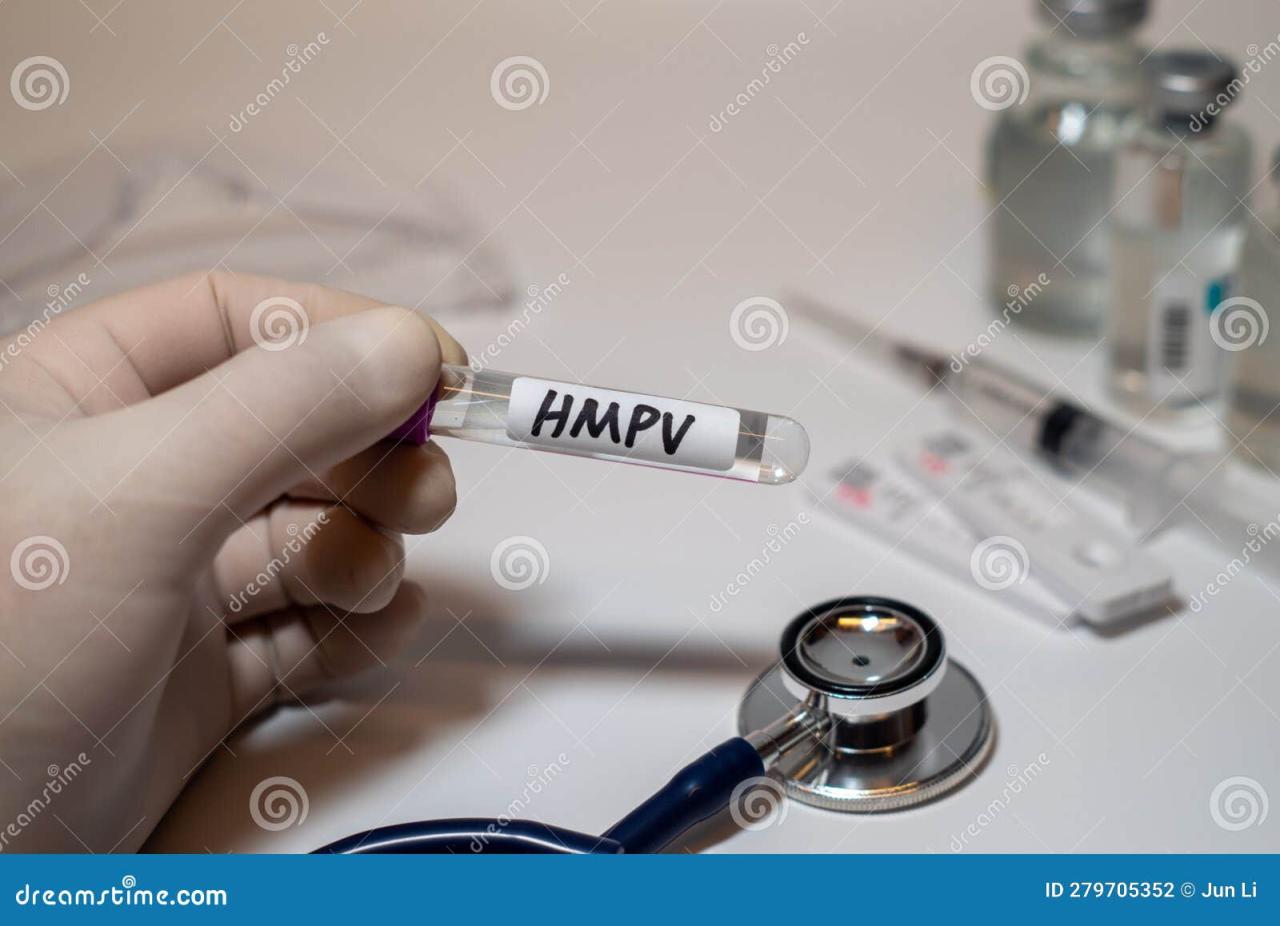Viral disease HMPV is on the rise among kids in China — what is it? Human metapneumovirus (HMPV) is making headlines in China, causing concern among parents and health officials. This respiratory virus, similar to RSV and influenza, is causing a surge in infections among children. Understanding HMPV’s transmission, symptoms, and treatment is crucial for protecting young ones during this outbreak.
Let’s dive into the details.
This article will cover everything from HMPV’s genetic makeup and symptoms to diagnostic methods and preventative measures. We’ll also explore the contributing factors behind the current outbreak in China and discuss the public health response. By the end, you’ll have a clear understanding of this concerning virus and how to protect your family.
Human Metapneumovirus (HMPV) in Children: A Rising Concern in China: Viral Disease HMPV Is On The Rise Among Kids In China — What Is It?

The recent surge in Human Metapneumovirus (HMPV) cases among children in China has raised significant concerns. Understanding this virus, its transmission, and its impact on young children is crucial for effective prevention and management strategies. This article provides a comprehensive overview of HMPV, focusing on its characteristics, symptoms, transmission, diagnosis, and the current situation in China.
Human Metapneumovirus (HMPV): An Overview

Human Metapneumovirus (HMPV) is a common respiratory virus belonging to the Paramyxoviridae family. It’s a leading cause of respiratory tract infections, particularly in young children and infants.
HMPV is an enveloped, negative-sense, single-stranded RNA virus. Its genome encodes several proteins crucial for viral replication and infection. The structure includes a helical nucleocapsid surrounded by a lipid envelope studded with glycoproteins, including the fusion (F) and attachment (G) proteins, which play key roles in viral entry into host cells.
Two major genotypes, A and B, are further divided into several subtypes. These genetic variations influence the virus’s virulence and ability to evade the immune system. While there is some antigenic variation, cross-protection between genotypes is limited.
Compared to other respiratory viruses like RSV and influenza, HMPV shares some similarities in symptoms but differs in its genetic makeup and prevalence. While RSV is a major cause of bronchiolitis in infants, and influenza is known for its potential for pandemics, HMPV causes a range of respiratory illnesses, often milder than RSV but potentially severe in vulnerable populations.
So, HMPV is hitting kids hard in China right now – it’s a respiratory virus causing a lot of concern. Completely unrelated, but while we’re talking about health concerns, check out this news story about US politics: États-Unis : Mike Johnson réélu à la présidence de la Chambre des. Anyway, back to HMPV, understanding its spread and symptoms is key to protecting vulnerable children.
| Characteristic | HMPV | RSV | Influenza |
|---|---|---|---|
| Transmission | Respiratory droplets, contact | Respiratory droplets, contact | Respiratory droplets, aerosols |
| Incubation Period | 2-6 days | 2-8 days | 1-4 days |
| Symptoms | Cough, fever, runny nose, wheezing, pneumonia, bronchiolitis | Cough, fever, runny nose, wheezing, bronchiolitis | Fever, cough, sore throat, muscle aches, fatigue |
| Severity in Children | Mild to severe; severe in infants and those with pre-existing conditions | Mild to severe; severe in infants and those with pre-existing conditions | Mild to severe; severe in infants, elderly, and those with pre-existing conditions |
Symptoms and Severity of HMPV Infection in Children
HMPV symptoms in children range from mild cold-like symptoms to severe respiratory illnesses. Typical symptoms include cough (often persistent), fever, runny nose, and wheezing. In severe cases, pneumonia and bronchiolitis can develop, requiring hospitalization.
The severity of HMPV infection is influenced by factors such as the child’s age (infants and young children are most vulnerable), pre-existing respiratory or immune conditions (like asthma or immunodeficiency), and the specific HMPV genotype involved. Premature infants and children with underlying health issues are at higher risk of developing severe complications.
Complications can include pneumonia (infection of the lungs), bronchiolitis (inflammation of the small airways in the lungs), and in rare cases, more serious conditions requiring intensive care.
Infographic: The infographic would visually represent the progression of HMPV symptoms. It would start with initial infection (runny nose, mild cough), progress to more severe symptoms (cough worsening, fever, wheezing), potentially show a hospitalization phase if the infection is severe, and finally depict recovery. The visual elements would include icons representing symptoms (e.g., a thermometer for fever, a congested nose for runny nose) and a timeline to illustrate the progression.
Text would describe each stage and the potential duration.
Transmission and Spread of HMPV

HMPV primarily spreads through respiratory droplets produced during coughing, sneezing, or talking. Close contact with infected individuals is the most common route of transmission. Contact transmission, such as touching contaminated surfaces and then touching the face, is also a possibility.
So, HMPV is hitting Chinese kids hard right now – it’s a respiratory virus causing concern. This surge highlights the importance of robust healthcare systems, especially considering that China, as you might know from reading about its manufacturing might on this article, China is the manufacturing superpower | Hacker News , also faces challenges in public health infrastructure.
Understanding the virus’s spread is crucial for effective preventative measures and treatment strategies for the affected children.
Crowded environments, such as schools, childcare centers, and households with multiple children, facilitate the spread of HMPV due to increased opportunities for close contact and droplet transmission. Poor hygiene practices further contribute to transmission.
High-risk groups for HMPV infection include infants, young children, the elderly, and individuals with compromised immune systems or underlying respiratory conditions.
- Frequent handwashing
- Covering coughs and sneezes
- Avoiding close contact with sick individuals
- Regular cleaning and disinfection of frequently touched surfaces
- Staying home when sick
Diagnosis and Treatment of HMPV
HMPV infection is diagnosed through various laboratory methods. Reverse transcription-polymerase chain reaction (RT-PCR) testing is a highly sensitive and specific method for detecting HMPV RNA in respiratory specimens. Rapid antigen tests are also available, but they may be less sensitive than PCR.
Treatment for HMPV is primarily supportive care, focusing on managing symptoms. This includes rest, fluids, and fever reduction. In severe cases, hospitalization may be necessary to provide respiratory support, such as oxygen therapy or mechanical ventilation.
Antiviral medications are not routinely used for HMPV infections, except in severe cases where there may be a role for specific antiviral therapies, but their effectiveness remains limited.
| Diagnostic Method | HMPV | RSV | Influenza |
|---|---|---|---|
| RT-PCR | Yes, highly sensitive | Yes, highly sensitive | Yes, highly sensitive |
| Rapid Antigen Test | Available, but may be less sensitive | Available, but may be less sensitive | Available, but may be less sensitive |
| Clinical Presentation | Similar to RSV and influenza | Similar to HMPV and influenza | Similar to HMPV and RSV |
Current Outbreak in China: Contributing Factors

The recent increase in HMPV cases in China could be attributed to several factors. The post-COVID-19 relaxation of public health measures may have contributed to increased viral circulation. Seasonal variations in respiratory virus activity also play a role, with HMPV cases often peaking during winter months. Waning immunity from previous HMPV infections or reduced exposure during COVID-19 restrictions could also be a contributing factor.
The impact of public health measures on the spread of HMPV is complex. While strict measures like lockdowns can initially reduce transmission, their prolonged implementation can lead to a build-up of susceptible individuals, resulting in a potential surge when restrictions are lifted.
Managing a large-scale HMPV outbreak presents challenges, including the need for adequate healthcare resources, effective surveillance systems, and public health communication strategies.
Timeline (Example): This section would present a timeline outlining key events related to the HMPV outbreak in China, including the initial rise in cases, implementation of public health measures, and any significant shifts in infection rates. Specific dates and details would be based on available data.
Public Health Response and Prevention Strategies, Viral disease HMPV is on the rise among kids in China — what is it?
Public health measures implemented in China to control the spread of HMPV may include enhanced surveillance, increased testing capacity, and public health communication campaigns. These campaigns emphasize the importance of hand hygiene, respiratory etiquette, and seeking medical care when necessary.
Educating the public about HMPV prevention and management is vital. This involves disseminating information about symptoms, transmission, and preventive measures through various channels, including social media, healthcare providers, and community outreach programs.
Currently, there is no widely available HMPV vaccine. However, research into potential vaccines is ongoing. The development of an effective HMPV vaccine would significantly contribute to preventing infections.
Preventive measures, such as hand hygiene, respiratory etiquette, and avoiding close contact with sick individuals, are effective in reducing HMPV transmission. Maintaining good ventilation in indoor spaces also helps reduce the spread of respiratory viruses.
Worried about the HMPV surge in China? It’s a respiratory virus hitting kids hard. Need a distraction? Maybe explore some extra income while you’re researching; check out these full stack developer freelance opportunities and rates to boost your budget. Then, get back to learning about HMPV prevention and treatment – keeping those little ones healthy is top priority!
Final Summary
The recent surge of HMPV infections in China highlights the importance of understanding and addressing respiratory viruses in children. While HMPV shares similarities with other respiratory illnesses, its unique characteristics and potential for severe complications warrant attention. By implementing preventative measures, promoting public health awareness, and seeking timely medical care, we can mitigate the impact of HMPV and protect vulnerable children.
Staying informed and proactive is key to safeguarding children’s health during this outbreak and in the future.
Query Resolution
What is the incubation period for HMPV?
The incubation period for HMPV is typically 2-6 days, meaning symptoms can appear within this timeframe after exposure.
Is there a vaccine for HMPV?
Currently, there isn’t a widely available vaccine for HMPV. Research is ongoing.
How long does an HMPV infection typically last?
Most HMPV infections resolve within 1-2 weeks, but severe cases can last longer.
What’s the difference between HMPV and RSV?
Both are respiratory viruses affecting young children, but they have distinct genetic structures and sometimes cause different severities of illness.
What over-the-counter medications can help with HMPV symptoms?
Over-the-counter medications like acetaminophen or ibuprofen can help manage fever and pain, but won’t cure the virus itself. Always consult a doctor before giving medication to children.
